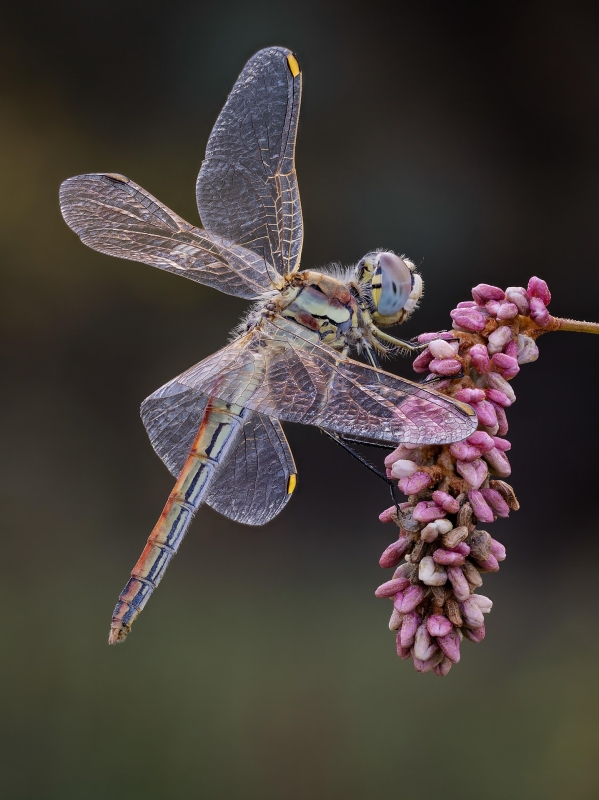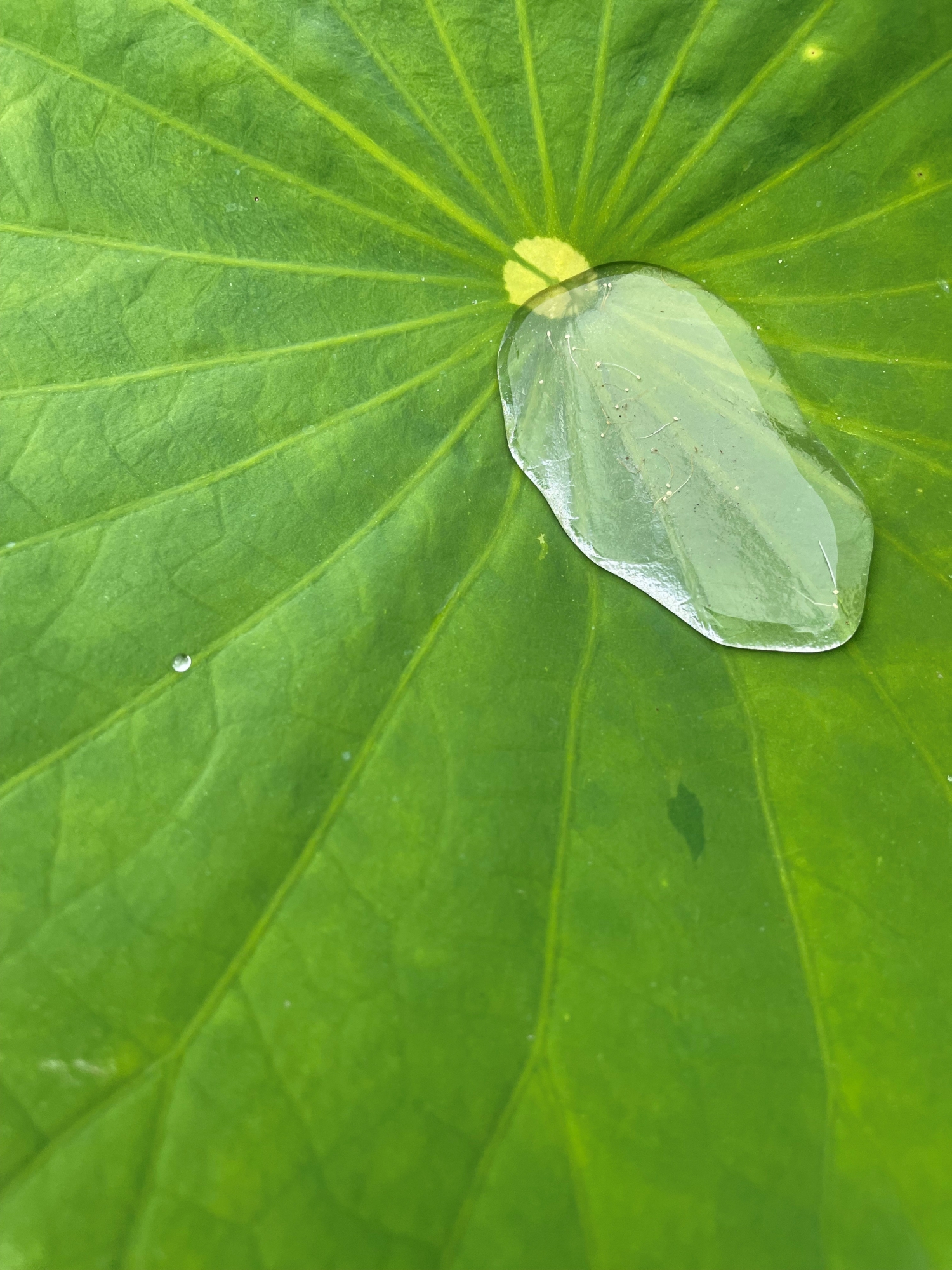Gardening offers the chance to rediscover something ancient and essential. Warm soil, floral scents and birdsong aren’t just sensory pleasures. They are cues that ground us in place and time, reminders that we are not apart from nature but deeply embedded within it.
The act of caring for and cultivating a garden is biophilia in action – an expression of our innate love for life and living systems. This is something gardeners feel when seeds sprout, crops are harvested or butterflies dance through the air. In the garden, we remember our place in the web of life.
This connection isn’t just poetic – it’s profoundly practical. Where biophilia is the love for life, biomimicry is learning from life. A garden is not only a place of beauty and nourishment; it’s a living library of solutions, refined over billions of years. The key is curiosity – asking the right questions and listening closely to nature’s answers. Biomimicry doesn’t imitate nature’s appearances; it relies on understanding nature’s principles and applying them to support life. True biomimicry goes beyond form, emulating nature’s regenerative processes and integrated life support systems. Every pattern, process and relationship holds insight if we’re willing to quiet our cleverness and pay attention.

Nature invites us to ask better questions. Around the world, researchers and designers are drawing on nature’s inspiration to solve everyday problems – they might ask:
How can young trees survive harsh, dry conditions? Inspired by bromeliads, being plants that collect and store rainwater in a central reservoir, the Nucleário is a biodegradable planting ring designed to protect seedlings in challenging conditions. Its contoured form creates a passive water-harvesting microclimate that reduces evaporation, suppresses weeds and insulates developing roots.
What can falling fruit teach us about protecting fragile goods? Pomelos, which can weigh up to 6kg and drop from heights of 15 metres, have evolved a shock-absorbing peel that keeps them intact long enough for animals to disperse their seeds. A tough outer skin transitions into a spongy, foam-like pith that cushions the fall by collapsing air pockets and rupturing water-filled struts. This layered structure resists separation under stress and preserves the pomelo’s integrity on impact – offering a natural model for biodegradable packaging that protects delicate produce and inspiring new lightweight materials that resist impact and puncturing.
Can plants show us a better way to reduce food waste? Some plants, like oregano and clove, naturally release antimicrobial compounds to deter mould and bacteria. Inspired by this defence strategy, researchers developed biodegradable plastic-free sachets that allow organic vapours to slowly diffuse, reducing the ripening rate and deterring mould and bacteria. This nature-inspired solution extends the shelf life of fruit and vegetables, reducing food waste.
You don’t need advanced technology to start gardening like nature. Permaculture can be seen as an expression of biomimicry, focusing on creating food-producing ecosystems that mirror nature’s diversity, resilience and self-sufficiency. Like biomimicry more broadly, it begins with observation and thoughtful place-responsive design. You might already be doing it by:
- mulching like a forest floor to conserve moisture and feed the soil;
- composting to mimic nature’s closed-loop nutrient cycles;
- shaping the land with contours and swales to guide water where it’s needed and encourage infiltration;
- planting in guilds, where different species support each other, like the ‘Three Sisters’ of corn, beans and squash;
- welcoming biodiversity by inviting pollinators, predators and decomposers to maintain natural balance.
These aren’t just sustainable practices; they reflect a shift – from control to collaboration, from taking to giving back, from growing food to growing relationships. Permaculture and biomimicry are kindred approaches, both guided by nature’s wisdom and an ecological ethic. They draw on ecological patterns and relationships to inform how we can co-evolve with the places we live, moving beyond sustainability towards regeneration, where the benefits of our gardens extend beyond the garden bed to help heal and enhance the greater living system.
By looking to nature as a mentor and model, we can cultivate gardens that are resilient and abundant. Gardening isn’t only what we grow – it’s how we grow together – ethically, relationally and wisely. That’s nature’s way.
And we are nature! All it takes is a willingness to observe, to ask the right questions and to let nature guide. In so doing, every gardener becomes a biomimic.
